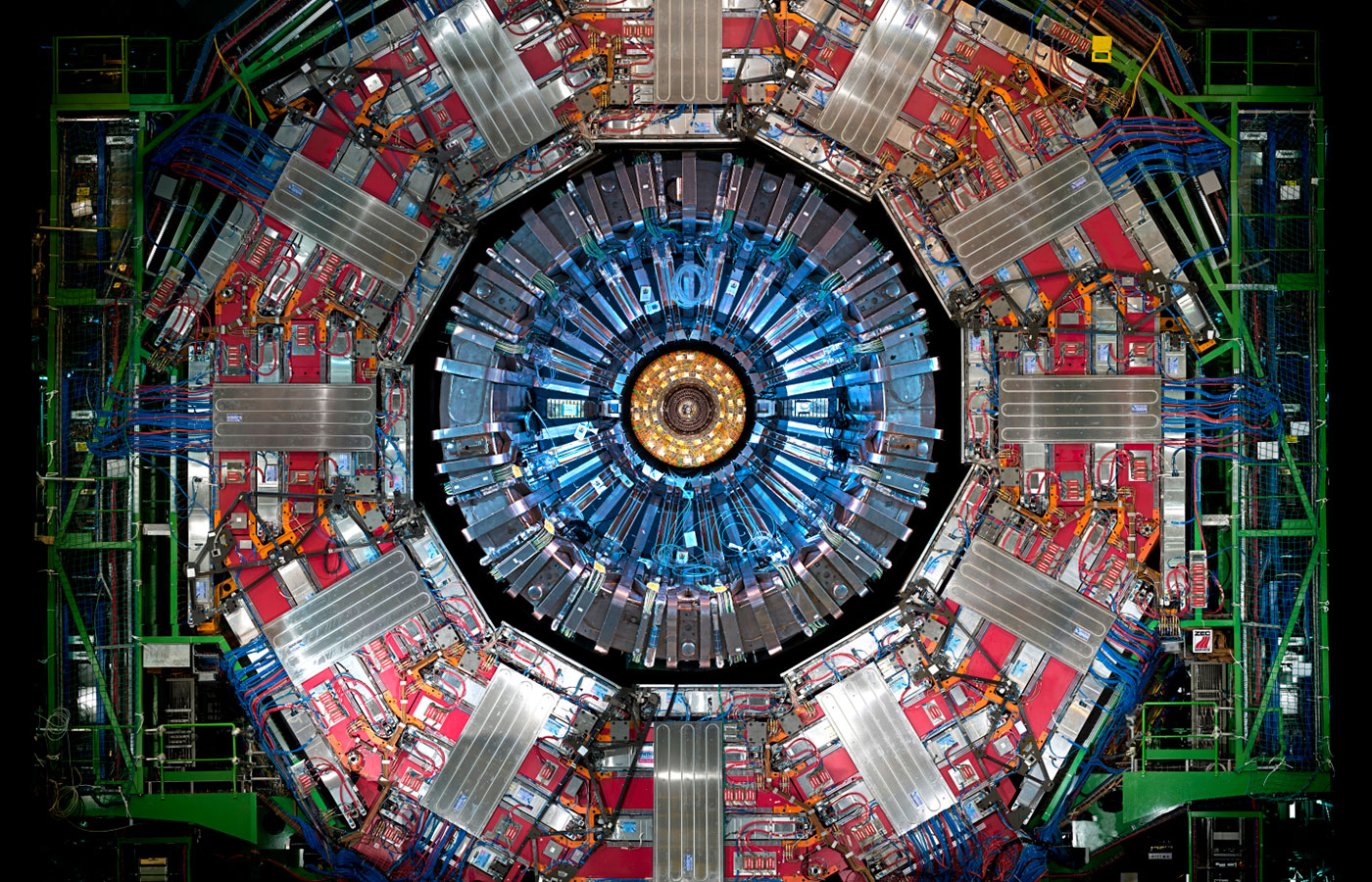Jeff Pesula
FIT Quarknet Group
10 Oct05
QuarkNet Reunion Observational Remarks
Overall, I was extremely pleased with the meeting. I was able to meet other teachers from around the country and discuss not only QuarkNet issues but also concerns and ideas about the current state of physics education. It was a wonderful weekend, albeit a quick one, that led to many new ideas for teaching and implementation of Quarknet in my classes.
There are a few ideas that I would like to address:
1. Level of physics in QuarkNet
It became obvious in discussions that some teachers are looking at doing university-level research. One teacher mentioned that we needed a known muon source so we could calibrate the detectors at the beginning and end of a data collection session. While this is a good practice, this requires an oscilloscope and a host of other equipment pieces at each school. Some schools may have the finances to do this, but I question the necessity of it. I believe that our current practice of adjusting the bias and threshold based upon the signal on the oscilloscope is adequate and that occasional checks of the equipment are all that is necessary. I think the goal here is to take relatively accurate data that can be examined and analyzed rather than taking high precision data with one very specific goal.
2. Purpose of data collection
Some teachers brought up the question of why that data is being collected. They mentioned concerns like the area of a cosmic ray shower being only approximately one square kilometer and what did all the data really represent. The second question is answered by the web-based portal; the data collected at all the sites around the country can be examined for topics like muon lifetime, air showers, or flux variations due to position of the sun. The first question I think can be addressed by the fact that the centers are supposed to deploy equipment to as many schools as possible. This will get a larger coverage area and hence a greater eventuality of finding a cosmic ray shower. If I remember correctly these shower move around the Earth as it rotates, so having detectors all around the country will show the evolution of the shower. We know that we cannot trace the shower exactly back to its origin, but we can get a better idea of how these showers act and how often they occur.
3. Equipment concerns
Many QuarkNet centers do not have enough equipment to deploy detectors. Those that do have equipment are finding that some of the equipment is irreplaceable or at least very difficult to find. I have had some problems with the equipment, but we were fortunate enough to have enough pieces that we can combine two semi functional setups into one with some spare parts. I fully realize that the equipment is being deployed, and we at FIT are very grateful and privileged to be in our current scenario. I think the best thing we can do for now is to take as much data as possible so other groups can do analyses until their equipment comes in.
4. Equipment setup
Some schools have problems getting the GPS receivers to an outside location while some teachers have expressed problems with finding a safe place to place their equipment. While we don't want to limit teachers' abilities to fully participate in the data collection process, these issues need to be addressed at the local centers to insure that the right people get the equipment; we don't need to have detectors sitting in closets or under cabinets just collection dust because they cannot be properly installed.
There was another question about whether to run the paddles stacked or spread out. I think the stacked is better because you can do more with the data (flux rate, energy levels, coincidences, and lifetime, e.g.). In addition, to really see a shower, you would want the detectors spread out more than a meter away from each other. This would necessitate longer lemo cables. Having the detectors stacked also takes up less room, and they can be secured or protected more easily. The best way to see a shower would be the have more that one set of detectors at a school.
Overall, I feel like we have a good program. New teachers are being attracted to the program, and students are getting involved. The schools with experience are sharing their successes and failures with other schools, and there is a good sense of camaraderie. I hope that the program will continue to be funded for quite a few more years and that the level of participation will only increase.
p.s. please try to work on having a meeting in Hawai'i

 Give to Florida Tech
Give to Florida Tech 